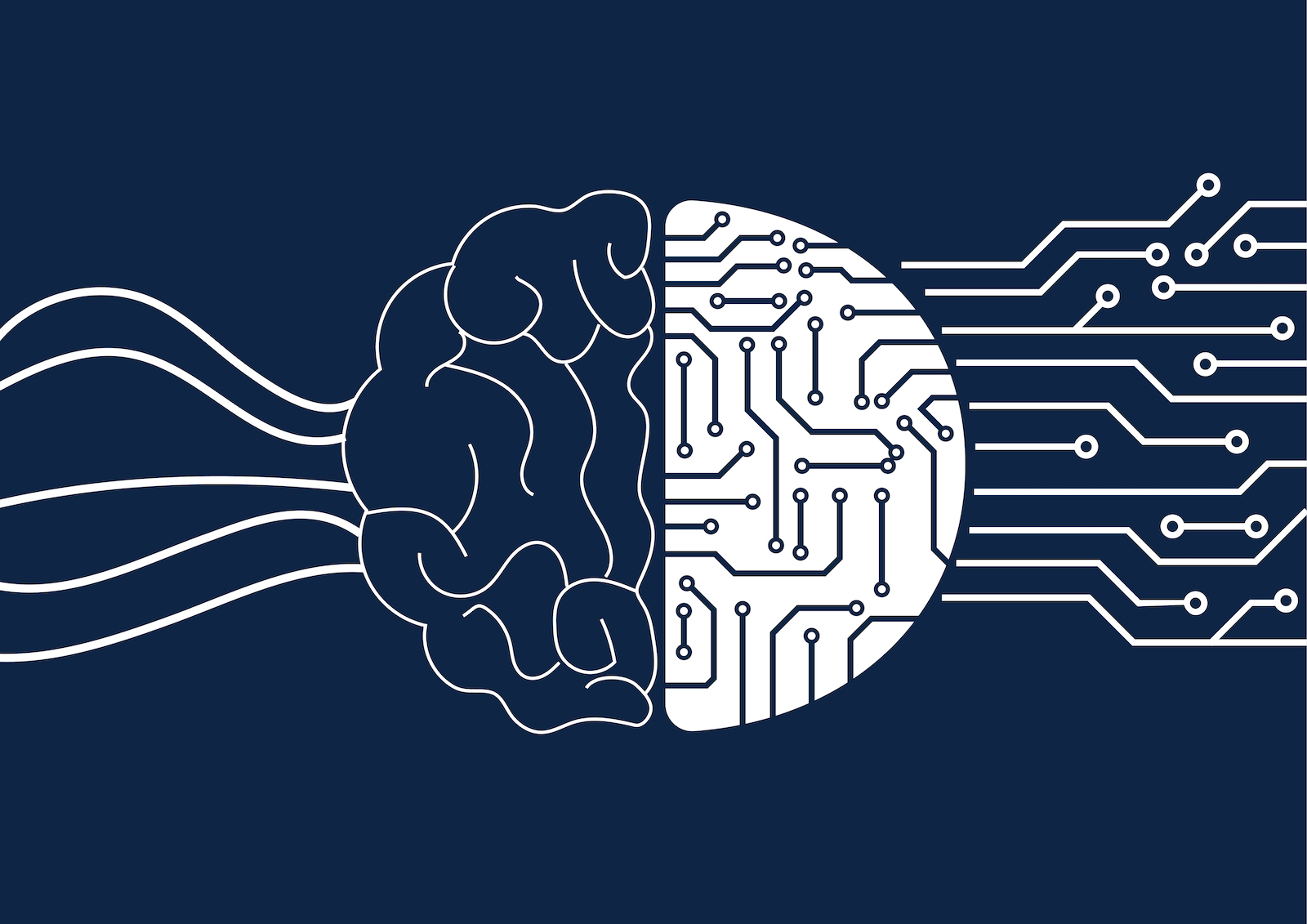In today's dynamic healthcare landscape, the evolution of predictive analytics has brought about a transformative revolution. It's no longer just about diagnosing and treating illnesses but rather foreseeing and mitigating potential health issues before they escalate into critical problems.
The power of predictive analytics is reshaping the healthcare sector, and in this blog, we'll dive into the remarkable ways this technology is changing the game, ultimately leading to enhanced patient outcomes. From early disease detection to personalized treatment plans, join us on a journey through the exciting realm of predictive analytics and discover how it's redefining healthcare for a healthier future.
What is Predictive Analytics?
You may not have a crystal ball to predict health outcomes, but predictive analytics can offer the next best thing in healthcare. This approach harnesses data, statistical algorithms, and machine learning to draw out patterns and trends to forecast potential scenarios and predict future outcomes. Whether it's anticipating disease outbreaks, enhancing patient care, managing risks, or optimizing operations predictive analytics is a game changer.
The Power of Predictive Analytics in Healthcare
Early Disease Detection and Intervention
In today's healthcare landscape, the urgency to address the major contributors to 75% of healthcare spending, namely cancer, cardiovascular disease, diabetes, obesity, and kidney disease, is paramount. What makes the situation even more compelling is the game-changing potential of predictive analytics. Imagine a world where, even before symptoms surface, we can identify early markers of these debilitating diseases.
In a groundbreaking collaboration between Mass General Brigham and the Massachusetts Institute of Technology (MIT), a deep-learning tool has emerged, one that can forecast the risk of lung cancer in individuals, regardless of their smoking history, up to six years in advance. This is just the beginning. By harnessing the wealth of information from patient records, genetic data, and wearable technology, healthcare professionals are on the cusp of detecting conditions like diabetes and cardiac issues at their nascent stages.
This early detection doesn't just offer hope; it opens the door to timely interventions that can not only slow but potentially halt the relentless progression of these diseases. Welcome to the future of healthcare, where prediction becomes prevention.
Optimizing Treatment Plans
Every individual responds differently to treatments. Predictive analytics can analyze a patient's medical history, genetic makeup, and more, helping doctors craft personalized treatment plans. Such personalized treatments can be more effective, reducing trial-and-error approaches, thereby improving patient outcomes.
Reducing Hospital Readmissions
Hospital readmissions can be costly and signify that the patient did not fully recover post-discharge. Predictive analytics can analyze the data of patients, assessing who might be at a higher risk for readmission. This analysis enables healthcare providers to put preventive measures in place, such as additional follow-ups or tailored discharge instructions.
Enhancing Resource Allocation
Predicting patient inflow, especially during disease outbreaks or seasonal illnesses, can be invaluable for hospitals. Predictive analytics can anticipate such surges, allowing hospitals to allocate resources, both human and material, effectively.
Predictive Analytics in Healthcare: How Johns Hopkins Hospital and Kaiser Permanente Lead the Way
In recent years, predictive analytics has shifted from being a buzzword to a transformative tool in healthcare. Let's explore how two giants in the healthcare industry, Johns Hopkins Hospital and Kaiser Permanente, have harnessed this technology to drive better patient outcomes.
Recognizing the life-threatening implications of sepsis, especially in ICU settings, Johns Hopkins developed a cutting-edge predictive analytics tool. This instrument offers a real-time “score” for patients in the ICU, gauging their risk of developing sepsis. What's the big deal? Well, with this early alert system, medical professionals can get a jump start. Immediate intervention becomes possible, which means the difference between life and death for many patients. The integration of such a tool doesn't just improve care; it emphasizes proactive over reactive treatment.
Hypertension or high blood pressure is often termed the "silent killer" because it sneaks up without noticeable symptoms. Recognizing its prevalence and risks, Kaiser Permanente leveraged predictive modeling to flag patients at high risk of developing hypertension. By pinpointing those vulnerable earlier on, medical teams can introduce preventive measures like lifestyle adjustments, timely medications, and close monitoring. The result? Patients don't just manage their condition; they can often sidestep it altogether, leading to healthier, longer lives.
These real-world implementations underscore the potential of predictive analytics in healthcare. By identifying risks early, we're shifting from reactive to proactive care—a leap towards ensuring healthier communities.
Challenges in Implementing Predictive Analytics
While predictive analytics promises significant benefits, there are a number of challenges in its implementation:
- Data Privacy and Security: With data breaches becoming common, ensuring patient data's privacy and security is paramount. Hospitals and clinics must invest in robust security infrastructure and protocols.
- Data Quality and Integrity: The accuracy of predictive analytics is contingent on the quality of data fed into it. Incomplete or incorrect data can lead to wrong predictions.
- Integration with Existing Systems: Many healthcare facilities use legacy systems. Integrating predictive analytics tools with these systems without disrupting daily operations can be challenging.
The Road Ahead
When it comes to the potential of predictive analytics in healthcare, we're just scratching the surface.
As advancements in artificial intelligence and machine learning continue to unfold, we can expect even greater precision and wider applications of these tools. Think about the surge in wearable health gadgets, like smartwatches that can monitor heart rhythms or track sleep patterns. Such devices offer a continuous flow of data, fueling the algorithms that might soon play a critical role in preventive healthcare.
Spotting health irregularities in real-time? It could become the norm. And as the benefits become more evident, we'll likely see a surge in data collaboration among healthcare institutions. Of course, patient confidentiality will remain paramount, but the shared insights can only serve to refine these predictive models further.
Conclusion
In conclusion, predictive analytics is poised to drive a transformative change in healthcare, pushing it closer to its ultimate goal: ensuring the best possible outcomes for patients. By harnessing past and present data, predictive analytics provides a gaze into the future, allowing healthcare providers to act proactively rather than reactively.
Whether it's predicting potential disease outbreaks or tailoring treatments to individual patients, the applications are vast and significant. However, as with any tool, the key lies in its responsible and judicious use. With adequate safeguards for data privacy and a continuous commitment to refining these predictive models, the future of healthcare looks not just healthy, but also smart.
Ready to transform your data strategy? Our Modern Data and Analytics Accelerator helps you mitigate unforcseen challenges and make data-driven decisions with intelligent insights. Seamlessly unite your team and processes, boosting agility and performance. Talk to an expert today to get started on developing a future-proof data foundation to achieve your digital ambitions of tomorrow.




